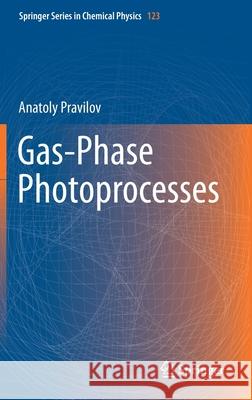Gas-Phase Photoprocesses » książka
topmenu
Gas-Phase Photoprocesses
ISBN-13: 9783030655693 / Angielski / Twarda / 2021 / 292 str.
Gas-Phase Photoprocesses
ISBN-13: 9783030655693 / Angielski / Twarda / 2021 / 292 str.
cena 563,56
(netto: 536,72 VAT: 5%)
Najniższa cena z 30 dni: 539,74
(netto: 536,72 VAT: 5%)
Najniższa cena z 30 dni: 539,74
Termin realizacji zamówienia:
ok. 22 dni roboczych
Dostawa w 2026 r.
ok. 22 dni roboczych
Dostawa w 2026 r.
Darmowa dostawa!
Kategorie BISAC:
Wydawca:
Springer
Seria wydawnicza:
Język:
Angielski
ISBN-13:
9783030655693
Rok wydania:
2021
Wydanie:
2021
Numer serii:
000908867
Ilość stron:
292
Waga:
0.61 kg
Wymiary:
23.39 x 15.6 x 1.91
Oprawa:
Twarda
Wolumenów:
01
Dodatkowe informacje:
Wydanie ilustrowane











